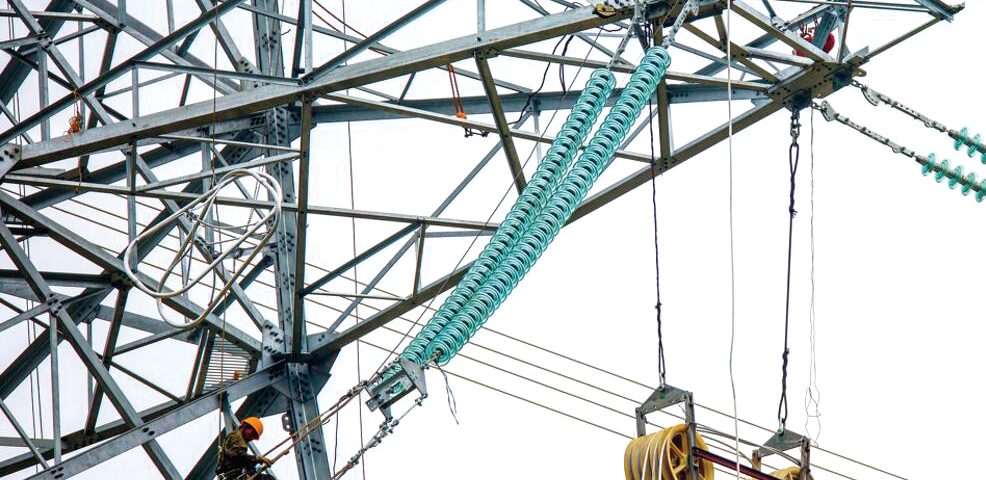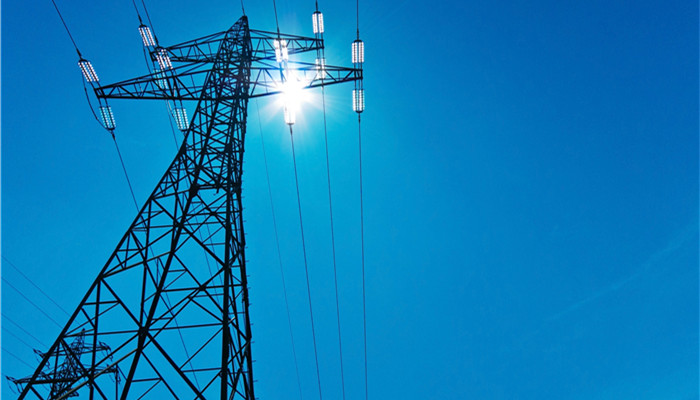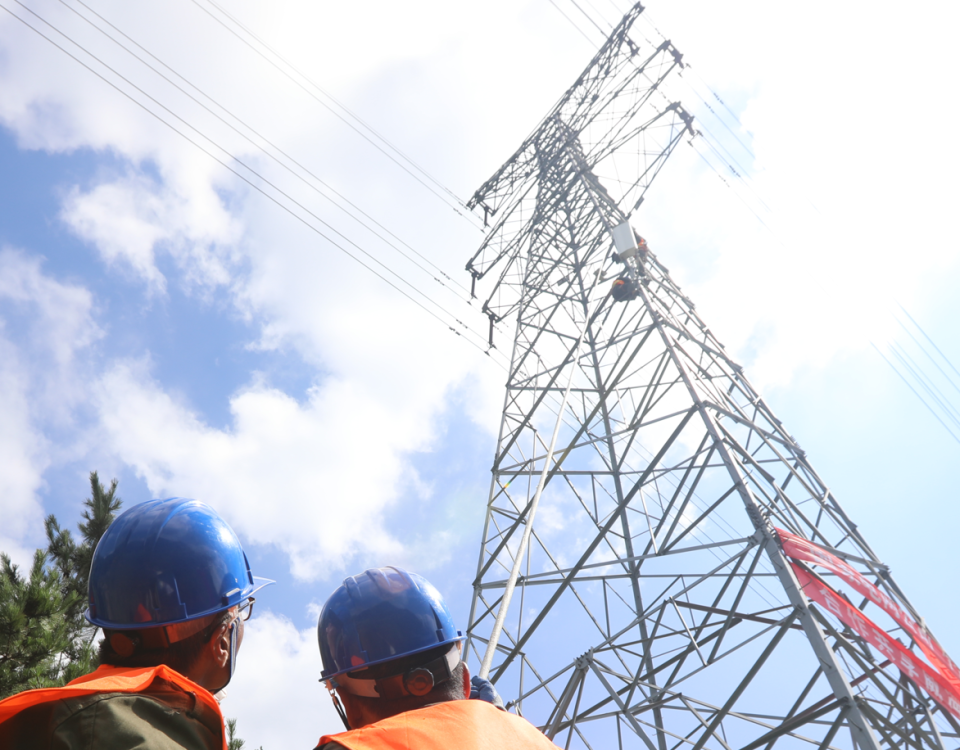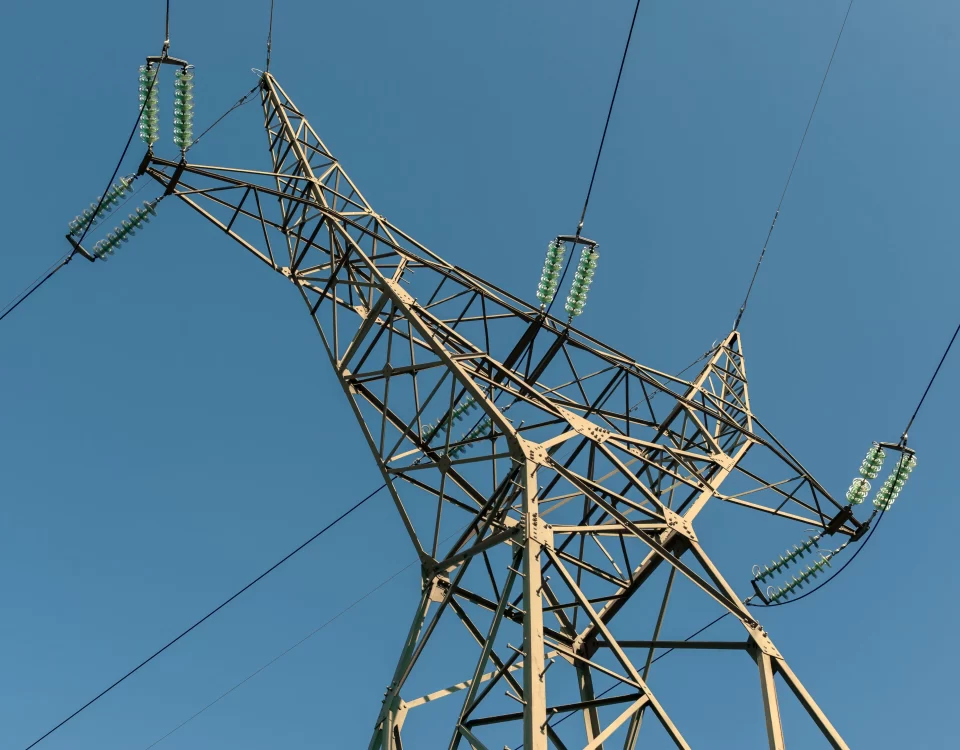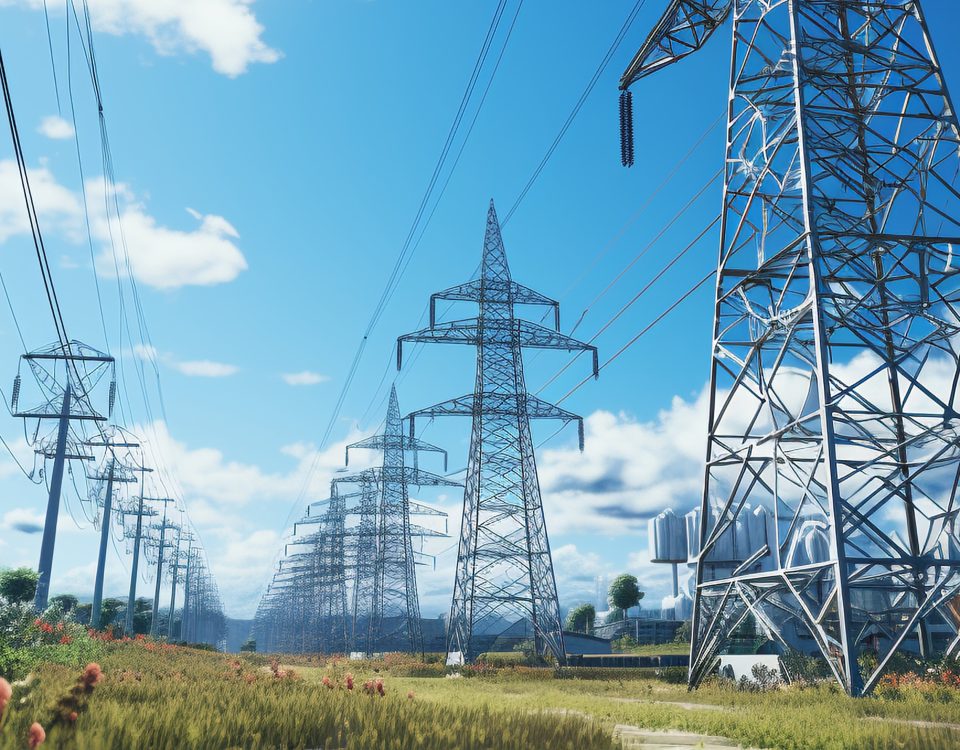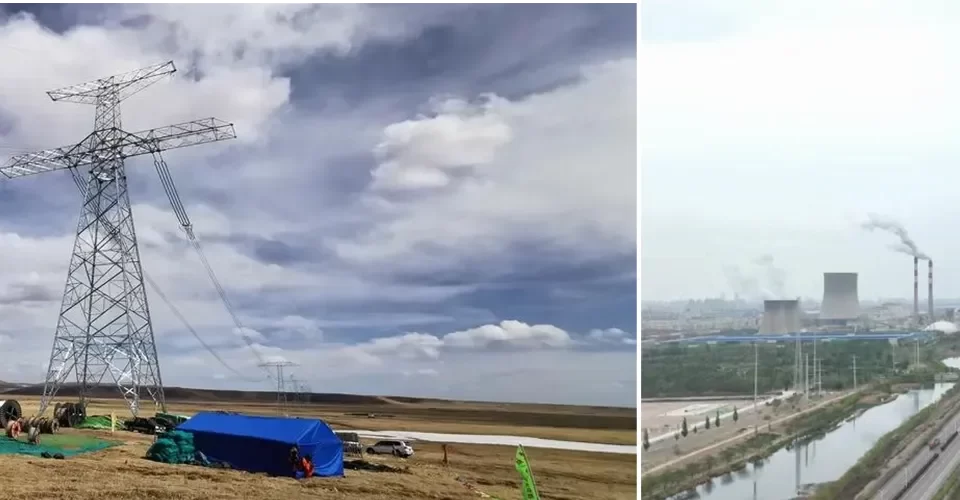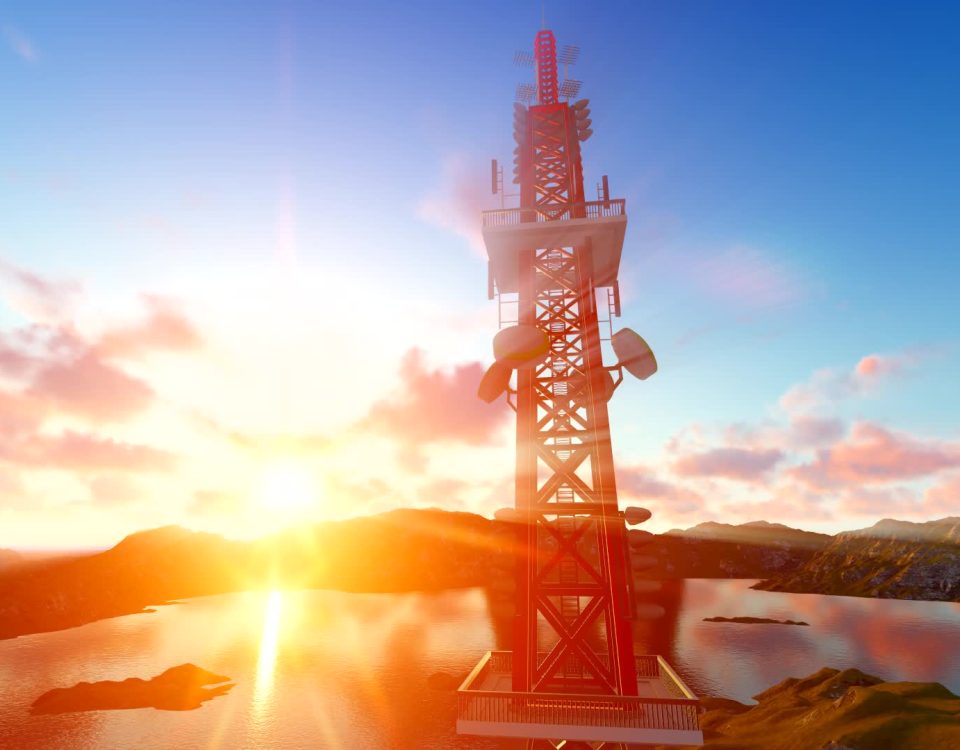
Technical Conditions for Manufacturing Transmission Line Tower
June 27, 2025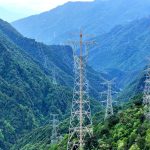
Impact of Surface Deformation on Transmission Towers
July 24, 2025Research on Anti-Corrosion Protective Coating for Transmission Line Towers
Research on Anti-Corrosion Protective Coating for Transmission Line Towers
1. Importance of Anti-Corrosion Protection for Transmission Line Towers
Transmission line towers, critical components of power distribution networks, are exposed to harsh environmental conditions such as humidity, salt spray, acid rain, and temperature fluctuations. These conditions accelerate corrosion, compromising structural integrity and reducing service life, typically designed for 30–50 years. Corrosion, primarily driven by electrochemical reactions between steel and environmental factors like oxygen and moisture, can lead to material loss, section thinning, and increased risk of failure under dynamic loads. In China, standards like GB/T 2694-2018 mandate robust anti-corrosion measures, with hot-dip galvanization being the primary method. However, evolving environmental challenges and the need for extended durability have spurred research into advanced coating systems, including zinc-aluminum alloys, organic coatings, and hybrid systems. These advancements aim to enhance corrosion resistance, reduce maintenance costs by 10–20%, and extend tower life by 15–20 years in aggressive environments such as coastal or industrial regions.
The economic and safety implications of corrosion are significant. A corroded tower can lose up to 5–10% of its cross-sectional area within 10 years in high-corrosion zones, increasing stress concentrations and failure risk. Studies indicate that maintenance costs for corroded towers account for 15–25% of total lifecycle costs. Advanced coatings, such as zinc-aluminum-magnesium (Zn-Al-Mg) alloys, have shown superior performance, reducing corrosion rates by 30–50% compared to traditional zinc coatings. Research also explores eco-friendly coatings to meet stricter environmental regulations, minimizing the use of hazardous substances like volatile organic compounds (VOCs). The integration of smart coatings with self-healing properties is an emerging field, offering potential to reduce inspection frequency and extend maintenance intervals.
| Corrosion Factor | Description | Impact on Tower |
|---|---|---|
| Humidity | Moisture accelerates electrochemical reactions | 5–10% section loss in 10 years |
| Salt Spray | Chloride ions increase corrosion rate | 20–30% faster corrosion in coastal areas |
| Acid Rain | Low pH degrades zinc coatings | Reduces coating life by 10–15% |
| Temperature Fluctuations | Thermal cycling stresses coatings | Cracking risk increases by 5–10% |
2. Traditional Hot-Dip Galvanization and Its Limitations
Hot-dip galvanization, specified in GB/T 470, is the most widely used anti-corrosion method for transmission line towers. The process involves submerging steel components in a molten zinc bath at 450–460°C, forming a zinc coating of 80–100 µm thickness. This coating acts as a sacrificial anode, corroding preferentially to protect the underlying steel, and provides a barrier against environmental exposure. The zinc layer’s durability is governed by its thickness and environmental corrosivity, with typical corrosion rates of 1–3 µm/year in urban settings and 5–10 µm/year in coastal areas. In moderate climates, hot-dip galvanization ensures a service life of 20–30 years, aligning with GB/T 2694-2018 requirements.
Despite its effectiveness, hot-dip galvanization has limitations. In highly corrosive environments, such as coastal or industrial zones with high chloride or sulfur dioxide levels, the zinc coating degrades faster, reducing tower life by 10–15 years. Zinc runoff during corrosion can also pose environmental concerns, prompting research into alternative coatings. The process is energy-intensive, contributing to 5–10% of manufacturing costs, and requires careful control to avoid defects like zinc drips or uneven thickness, which can increase weight by 2–5% and affect structural calculations. Furthermore, galvanization is less effective against localized corrosion, such as pitting, which can initiate cracks under cyclic loading. These limitations have driven research into advanced coatings that offer superior protection and sustainability.
| Coating Type | Thickness (µm) | Corrosion Rate (µm/year) | Service Life (Years) |
|---|---|---|---|
| Hot-Dip Zinc | 80–100 | 1–10 | 20–30 |
| Zinc-Aluminum | 60–80 | 0.5–5 | 30–40 |
| Zn-Al-Mg | 50–70 | 0.3–3 | 40–50 |
3. Advanced Coating Systems: Zinc-Aluminum and Zn-Al-Mg Alloys
Zinc-aluminum (Zn-Al) and zinc-aluminum-magnesium (Zn-Al-Mg) alloy coatings have emerged as superior alternatives to traditional galvanization. Zn-Al coatings, typically containing 5–15% aluminum, form a dual-phase structure with zinc-rich and aluminum-rich zones, enhancing barrier protection and reducing corrosion rates by 20–30% compared to pure zinc. Zn-Al-Mg coatings, with 1–3% magnesium, further improve performance by forming a dense, self-healing corrosion product layer that inhibits further degradation. Tests in salt spray chambers (per GB/T 10125) show Zn-Al-Mg coatings reduce corrosion rates to 0.3–3 µm/year, extending service life to 40–50 years in aggressive environments.
The application of these alloys involves hot-dip processes similar to galvanization but requires precise control of bath composition and temperature (440–450°C). The coatings are thinner (50–80 µm) yet more durable due to their complex microstructure, which resists pitting and crevice corrosion. Field studies in coastal regions demonstrate that Zn-Al-Mg-coated towers exhibit 50% less section loss than zinc-coated towers after 10 years. However, challenges include higher initial costs (10–15% more than zinc) and the need for specialized equipment. These coatings also comply with environmental regulations by reducing zinc runoff, aligning with global sustainability goals.
| Coating | Composition | Corrosion Rate (µm/year) | Cost Increase (%) |
|---|---|---|---|
| Zinc | 100% Zn | 1–10 | Baseline |
| Zn-Al | 85–95% Zn, 5–15% Al | 0.5–5 | 5–10 |
| Zn-Al-Mg | 93–96% Zn, 3–6% Al, 1–3% Mg | 0.3–3 | 10–15 |
4. Organic and Hybrid Coating Systems
Organic coatings, such as epoxy, polyurethane, and acrylic-based systems, are increasingly used as supplementary protection for transmission line towers, often applied over galvanized surfaces to create hybrid systems. Epoxy coatings provide excellent adhesion and chemical resistance, while polyurethane topcoats enhance UV resistance and durability. These coatings, typically 100–200 µm thick, reduce corrosion rates to 0.1–1 µm/year in urban environments. Hybrid systems, combining galvanization with organic topcoats, offer synergistic protection, extending service life by 20–30 years compared to galvanization alone.
Application methods include spray, brush, or dip coating, with surface preparation (e.g., sandblasting to Sa 2.5 per ISO 8501-1) being critical to ensure adhesion. Challenges include higher application costs (15–25% more than galvanization) and the need for periodic recoating every 10–15 years. Environmental concerns, such as VOC emissions during application, are addressed through water-based or low-VOC coatings, which comply with regulations like China’s GB 30981. Field tests show hybrid systems reduce maintenance frequency by 30–40%, particularly in industrial areas with high sulfur dioxide levels.
| Coating System | Thickness (µm) | Corrosion Rate (µm/year) | Maintenance Interval (Years) |
|---|---|---|---|
| Galvanization Only | 80–100 | 1–10 | 5–10 |
| Epoxy + Polyurethane | 100–200 | 0.1–1 | 10–15 |
| Hybrid (Zn + Organic) | 150–250 | 0.05–0.5 | 15–20 |
5. Environmental and Electrochemical Testing
Evaluating the performance of anti-corrosion coatings requires rigorous testing under simulated and real-world conditions. Salt spray tests (GB/T 10125) simulate coastal environments, exposing coated samples to a 5% NaCl solution at 35°C. Zn-Al-Mg coatings show red rust formation after 3000–4000 hours, compared to 1000–1500 hours for zinc coatings. Electrochemical impedance spectroscopy (EIS) measures coating resistance, with Zn-Al-Mg coatings exhibiting impedance values 2–3 times higher than zinc, indicating better barrier properties. Field tests in coastal regions confirm these results, with Zn-Al-Mg-coated towers showing 50–60% less corrosion after 5 years.
Accelerated weathering tests, per ISO 12944, assess coating durability under UV exposure and temperature cycling. Organic coatings maintain gloss and adhesion after 2000 hours, while hybrid systems show minimal degradation. Non-destructive testing (NDT), such as ultrasonic thickness measurement, monitors in-service coating degradation, ensuring compliance with GB/T 2694-2018. These tests inform maintenance schedules, reducing downtime by 20–30% through predictive strategies.
| Test Method | Standard | Performance Metric | Typical Result |
|---|---|---|---|
| Salt Spray | GB/T 10125 | Time to red rust | Zn: 1000–1500 h, Zn-Al-Mg: 3000–4000 h |
| EIS | ISO 16773 | Impedance (Ω·cm²) | Zn-Al-Mg: 10⁶–10⁷, Zn: 10⁵–10⁶ |
| Weathering | ISO 12944 | Gloss retention | Organic: 80–90% after 2000 h |
6. Comparison of Coating Systems
Comparing coating systems for transmission line towers involves evaluating corrosion resistance, cost, application complexity, and environmental impact. Hot-dip galvanization is cost-effective but limited in aggressive environments, with a corrosion rate of 1–10 µm/year. Zn-Al and Zn-Al-Mg coatings offer superior durability (0.3–5 µm/year) but increase costs by 5–15%. Organic coatings provide excellent protection (0.1–1 µm/year) but require periodic recoating, while hybrid systems achieve the lowest corrosion rates (0.05–0.5 µm/year) at the highest cost (20–30% more than galvanization).
In coastal areas, Zn-Al-Mg and hybrid systems outperform galvanization, reducing maintenance costs by 30–40%. Organic coatings are ideal for urban settings with moderate corrosivity, while galvanization remains suitable for rural areas. Environmental considerations favor Zn-Al-Mg and low-VOC organic coatings due to reduced zinc runoff and emissions.
| Coating System | Corrosion Rate (µm/year) | Cost Relative to Zn | Best Application |
|---|---|---|---|
| Hot-Dip Galvanization | 1–10 | Baseline | Rural |
| Zn-Al | 0.5–5 | 1.05–1.10 | Coastal |
| Zn-Al-Mg | 0.3–3 | 1.10–1.15 | Coastal/Industrial |
| Hybrid | 0.05–0.5 | 1.20–1.30 | High-corrosion zones |
7. Advances in Smart and Self-Healing Coatings
Smart coatings with self-healing properties represent a cutting-edge development in anti-corrosion protection. These coatings, often incorporating microcapsules filled with corrosion inhibitors (e.g., benzotriazole), repair minor damages autonomously, reducing corrosion rates by 40–50%. Tests show self-healing coatings extend maintenance intervals by 10–15 years compared to traditional organic coatings. Nanotechnology-based coatings, using graphene or silica nanoparticles, enhance barrier properties, achieving corrosion rates as low as 0.01–0.1 µm/year in lab conditions.
Application challenges include high costs (30–50% more than galvanization) and complex manufacturing processes. Field trials are ongoing, with preliminary results indicating 20–30% reductions in maintenance costs for towers in aggressive environments. These coatings align with Industry 4.0 trends, integrating with sensors to monitor corrosion in real-time, improving predictive maintenance efficiency by 15–20%.
| Coating Type | Mechanism | Corrosion Rate (µm/year) | Cost Increase (%) |
|---|---|---|---|
| Self-Healing | Microcapsule release | 0.1–0.5 | 30–50 |
| Nanotechnology | Enhanced barrier | 0.01–0.1 | 40–60 |
| Traditional Organic | Barrier protection | 0.1–1 | 15–25 |
8. Regulatory and Environmental Considerations
Anti-corrosion coatings must comply with standards like GB/T 2694-2018 and environmental regulations such as GB 30981, which limit VOC emissions. Zn-Al-Mg and low-VOC organic coatings meet these requirements, reducing environmental impact by 20–30% compared to traditional zinc coatings. Regulatory bodies also mandate safety factors of 1.5–2.0 for tower design, ensuring coatings do not compromise structural integrity. In-service inspections, using NDT methods, verify coating performance, with maintenance schedules aligned with DL/T 1248-2013.
Environmental concerns, such as zinc runoff, drive the adoption of sustainable coatings. Zn-Al-Mg coatings reduce runoff by 50%, while water-based organic coatings minimize VOC emissions. Aesthetic requirements in urban areas may necessitate color-matched coatings, increasing costs by 5–10%.
| Regulation | Requirement | Compliance Method |
|---|---|---|
| GB/T 2694-2018 | 80–100 µm coating thickness | NDT inspection |
| GB 30981 | Low VOC emissions | Water-based coatings |
| DL/T 1248-2013 | Predictive maintenance | Sensor integration |
9. Future Trends and Challenges
The future of anti-corrosion coatings for transmission line towers lies in sustainable, high-performance systems. Nanotechnology-based coatings and self-healing technologies are expected to dominate, reducing corrosion rates by 50–70% and maintenance costs by 20–30%. Integration with smart sensors for real-time corrosion monitoring will enhance predictive maintenance, reducing downtime by 15–25%. Challenges include high initial costs, complex application processes, and the need for standardized testing protocols for emerging coatings.
Retrofitting existing towers for ultra-high-voltage (UHV) lines increases corrosion risks due to higher mechanical stresses, necessitating advanced coatings. Environmental regulations will drive the adoption of eco-friendly coatings, while cost reduction through automated application processes remains a priority.
| Trend | Impact | Challenge |
|---|---|---|
| Nanotechnology Coatings | 50–70% corrosion reduction | High cost |
| Self-Healing Coatings | Extends maintenance intervals | Complex manufacturing |
| Smart Sensors | 15–25% less downtime | Integration costs |
| Eco-Friendly Coatings | Reduces environmental impact | Regulatory compliance |
In conclusion, anti-corrosion coatings for transmission line towers are evolving to meet the demands of harsh environments and stringent regulations. Advanced systems like Zn-Al-Mg, organic, and smart coatings offer superior protection, extending tower life and reducing maintenance costs. Continued research and technological advancements will ensure the reliability and sustainability of power transmission infrastructure.

